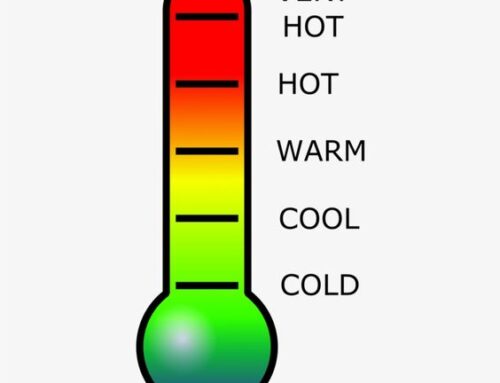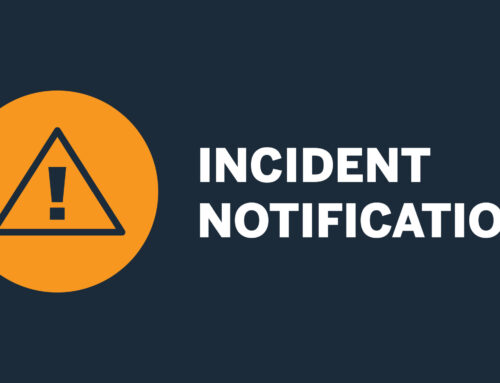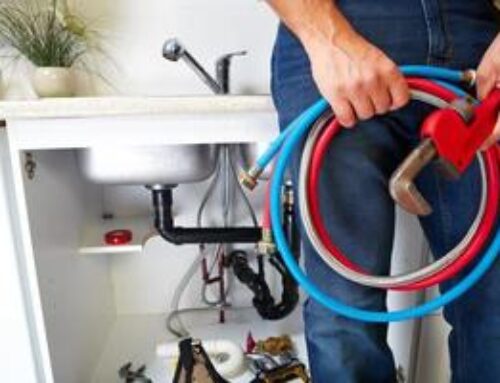What Is The Law?
To safely and legally operate a forklift in a Queensland workplace you must:
- Be licensed and competent to operate that particular forklift
- Follow safe operating procedures including following the traffic management rules at your workplace.
What Type Of Licence do I Need To Operate A Forklift?
You need a High Risk Work licence (LF), to operate a forklift in Queensland.
What Training Do I Need To Get The Licence?
To get your licence, you must be trained by a registered training organisation (RTO) then deemed competent by your RTO before being assessed by a high risk work assessor. Log book training hours may be conducted at the workplace under the supervision of a licensed forklift operator.
Visit the Workplace Health and Safety Queensland website for a link to a list of RTOs.
You will need to keep a record of your on-the-job training in a log book while doing the training.
How Do I Apply For A Forklift Licence?
You can apply for your licence online at worksafe.qld.gov.au
What Other On-Site Training Do I Need?
Your employer or RTO should also provide on-site training including:
- Familiarisation training specific to the forklift you will be operating
- Refresher training
- How to operate the forklift safely:
- with special attachments
- in your work environment (e.g. cold rooms or freezers)
- Understanding and following the traffic management rules in the workplace.
What Is A Traffic Management Plan?
A traffic management plan is a combination of rules and physical barriers that keep operators and pedestrians separate and safe.
Your employer will provide you with a plan which you must follow when operating a forklift.
What Do I Need To Check Before Operating A Forklift?
You should:
- Complete a pre-operational check by following the manufacturer’s instructions in the forklift manual
- Report any damage or problems to your supervisor immediately
- Remove the key and tag out unsafe forklifts to prevent unauthorised use.
Checklist For Pre-Operational Checks
You need to carry out pre-operational checks on the forklift before starting work each day, including considering load stability, characteristics of the forklift you operate and the height, width and type of attachments. This pre-operational checklist is only an example and may not include all hazards related to the forklift. You will need to follow the manufacturer’s or employer’s maintenance procedures to safely operate the forklift.
- Tyres: Check each tyre for wear or damage, and pressure (if applicable).
- Fluids: Check oil levels (hydraulic and engine), battery fluid, fuel and coolant levels.
- Seating: Check the condition and adjustment and that the seat attachment point is secure.
- Warning devices: Check horn is operational. Check all other fitted devices, such as lights, reversing beeper and flashing beacon, are operational.
- Capacity: Check that the load capacity data plate is fitted, legible and correct (confirm that the forklift has sufficient capacity and reach for the load being lifted).
- Mast: Check for signs of damage. Check lift chains and guides for wear.
- Hydraulic cylinders and hoses: Check for any leaks, cracks, deterioration and frays in hoses.
- Tines: Check for excessive wear, damage, bends, modifications, cracks or repairs, and that they are securely attached.
- Seatbelt: Make sure it is in good working order.
- Guarding: Check that all guards are in place.
- Attachments: Check any attachments for wear, damage and for correct function. Attachments should be annotated on the load capacity data plate.
Once the forklift has been started:
- Controls: Check that all pedals and controls operate correctly (including steering).
- Brakes: Check that the brakes (including parking brake) operate correctly.
Traffic Management Checks
You should make sure that the workplace is safe for you and your forklift before you start driving. This checklist is only an example and does not include all hazards relating to traffic management in a workplace.
- Understand the traffic management plan at your workplace, especially the no-go zones and who should give way at your workplace
- Keep your forklift physically separate from pedestrians where possible.
- Wear your high visibility vest as required.
- Follow speed limits and slow down (be aware of your forklift’s stopping distance and that it changes in the wet).
- Follow traffic directions, such as ‘Stop’ and ‘One way’.
- Use the horn at intersections and blind corners or in accordance with your employer’s traffic management plan.
- Report faults or hazards (e.g. worn floor markings), near misses and accidents.
Further Information
Suncoast Safety specialises in Safe Work Method Statements (SWMS) for all types of Operating Plants.
Friendly Service, Free Quotes and Helpful Advice. Contact us Today 0429 990 418 or (07) 5493 2961
Serving but limited to the Sunshine Coast, Brisbane, Gold Coast, Ipswich, Gympie, Maryborough, Hervey Bay, Bundaberg, Central Queensland & Far North Queensland
#suncoastsafety #safetyconsultant #riskmanagment#safetymanagementplan #environmentalsafetymanagementplan#siteinspection #toolboxtalks #safeworkmethodstatments #sunshinecoast #brisbane #goldcoast#ipswich #gympie #maryborough #bundaberg #centralqueensland#farnorthqueensland






